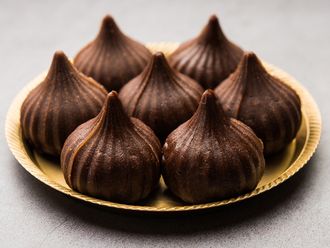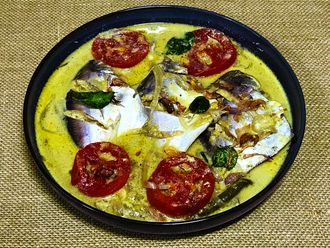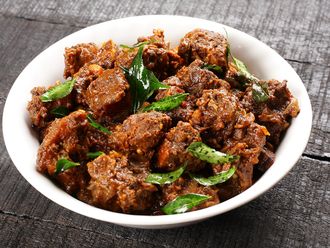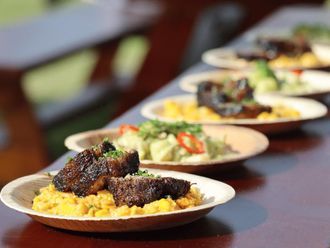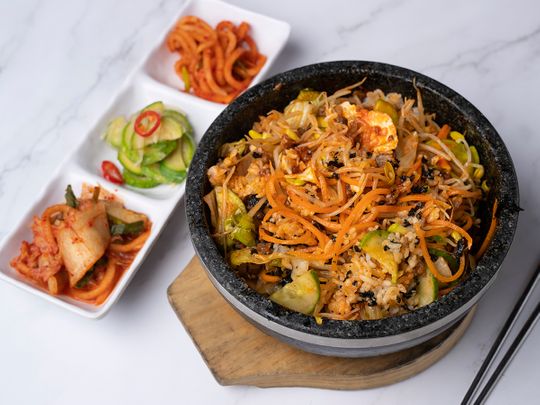
With the news that the allegorical survival series ‘Squid Game’ is on track to become the biggest Netflix show ever in any language, Korean dramas have officially sealed their popularity worldwide. Not only is it the most-watched show currently in UAE, but the top show locally so far in 2021 is also a K-drama - the crime-comedy series, Vincenzo. Korean shows are always present in UAE’s Top 10, with the light-hearted, rom-com ‘Hometown Cha Cha Cha’ being another recent favourite.
This means that more and more of us here in the UAE come across Korean cultural content as we hunker down for our weekend or post-work breathers – and K-dramas, as we all know, are full of ‘mukbang’ scenes of swoon-worthy steaming dishes being heartily devoured by the protagonists. Love is nurtured, friendships are made and fed, festivals gleefully celebrated, ancestors honoured and remembered – all over colourful dishes of kimchi, ramyeon, namul, sizzling cuts of marinated barbecue and a further eye-catching assortment of traditional foods.
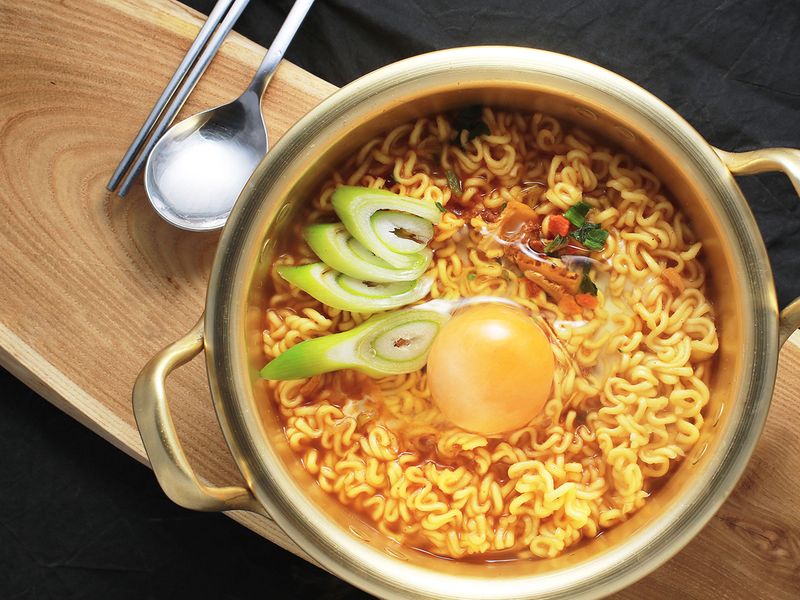
K-drama stars are often also deeply moved by food: closed eyes, intensely focused chewing, ecstatic expressions and cheery exclamations of “jeongmal masisseo!” (Korean for ‘So delicious!’) ringing out are trademarks of the K-drama mukbang scene. Tempting, isn’t it? Definitely. In fact, my own journey into Korean cuisine was catalysed by the same, and it has certainly been an enriching addition to my meals.
If you are a K-drama fan yourself, enchanted and looking to try these mysterious on-screen delicacies to join in on the excitement with your favourite characters - from the Gulf News Food team, here are 6 dishes you must absolutely try, along with easy-to-follow recipes:
1. Bulgogi
Korean barbeque. Need anything more be said? This wildly popular dish, meaning ‘fire meat’ is made of thinly sliced tender cuts of marinated beef or chicken, grilled on a barbecue or griddle. Associated with boisterous scenes of camaraderie in almost every drama – the sizzling meat, enjoyed in leafy, seasoned wraps between friends – this dish has been around for thousands of years.
A famous K-drama bulgogi moment is Weightlifing Fairy’s titular character, Kim Bok Joo and her friends - the ‘Swag’ squad - meticulously explaining the optimal way to enjoy a Korean barbeque experience to juniors at their sports university. The secret? The BFN method (Barbecue, fried rice and naengmyeon or cold noodles combo); start with marinated meat, followed by grilled marinated meat. When starting to feel a little full, change it up by having bokkeumbap or fried rice served on a griddle, and finally cleanse your palate with a bowl of cold noodles.
If you want to see what all the fuss is about, here’s a delicious recipe that you could make for family or a small dinner party.
2. Kimchi
Tangy, crunchy, cool, refreshing, healthy and virtually a good addition to most dishes – this Korean daily staple is an easy and foundational step into the cuisine. Kimchi was originally made a couple of thousands years ago as a way to survive bitterly cold winters where vegetables were hard to come by, and is now cemented as an essential part of the Korean cultural identity.

It is traditionally made of napa cabbage (Chinese cabbage), Korean red pepper paste, anchovy sauce or kanari, a sand-eel fish sauce, sometimes sautéed shrimp amongst others. To begin your journey into kimchi (there’s no going back, I tell you) to accompany your favourite ramyeon or rice dish, find our detailed guide to fermenting it here.
A recent K-drama kimchi-love scene from the medical drama, Hospital Playlist: Amidst furiously demolishing a tempting array of barbecue meat during a lunch break, head of the cardiothoracic surgery department, Junwan comes to a shocking realisation. He shouts excitedly to his friend, professor of neurosurgery at the hospital (sitting right next to him), “Songhwa, did you know that this was grilled kimchi?!” They proceed to feast in absolute glee. UAE’s beloved ‘Crash Landing on You’ also features the traditional ‘gimjang’ or kimchi making process shown in detail.
3. Japchae
Originally a royal dish reserved for the Korean royal courts, these sweet potato glass noodles are a festive delight. It is made of sweet, smoky stir-fried noodles with a hint of soy, punctuated by the distinct savoury crunches of a variety of vegetables cooked separately to retain their original flavour. They are enjoyed during festive occasions such as Chuseok, the moon-harvest festival , weddings, birthdays and New Year. Lore has it that the person who first made it for the 15th king of the Joseon dynasty was immediately promoted to a high-ranking position, because of how much the king enjoyed the dish.
Here’s an easy recipe for you to join in on the festivities with these charming glass noodles.
4. Tteokbokki
A beloved street food dish of rice cakes soaked in a flaming red, spicy-sweet sauce of fermented gochujang, soy and more – Tteokbokki is every student’s favourite in South Korea. It is often served in small food stalls, bunsikjip, strategically positioned right outside schools and colleges for students to grab a quick, filling bowl with their friends after a long day.
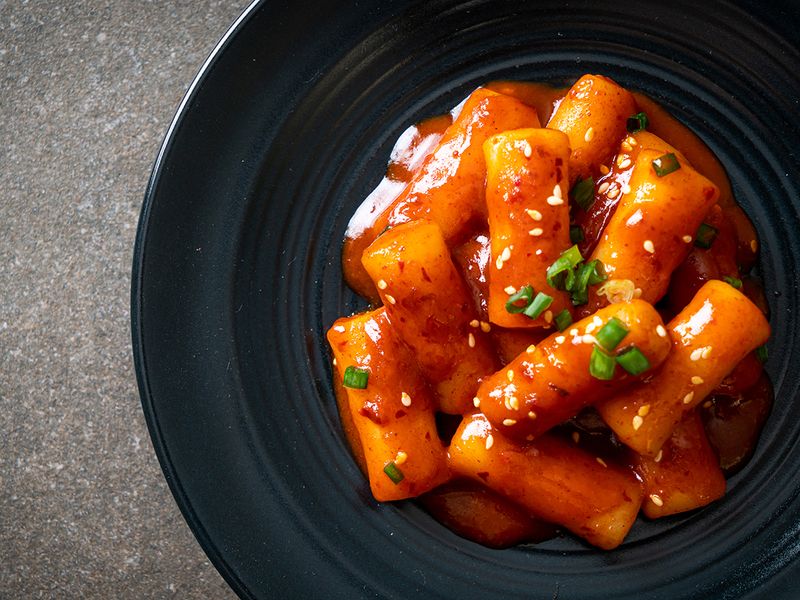
Hospital Playlist’s busy doctors love tteokbokki as a mid-work snack, choosing the spice level of the dish based on how mild or fiery their friend’s personalities are. It is the dish that inspired my own foray into Korean cooking, and the best part about it is – it’s super customizable. You can top it with mozzarella for a cheesy bite, add ramyeon and freshly steamed rice for carbs and any vegetables you like for some healthy variety.
Here’s a simple tteokbokki recipe that will take you less than half an hour to make, and is particularly useful for students short on time for meal prep.
5. Korean vegetable pancake or Yachaejeon
Jeon or savoury pancakes are fritters consisting of seasoned vegetables, meat or seafood coated in batter and fried to make crispy golden pancakes. These are often served with flavourful dips of soy, Korean chili paste and vinegar.
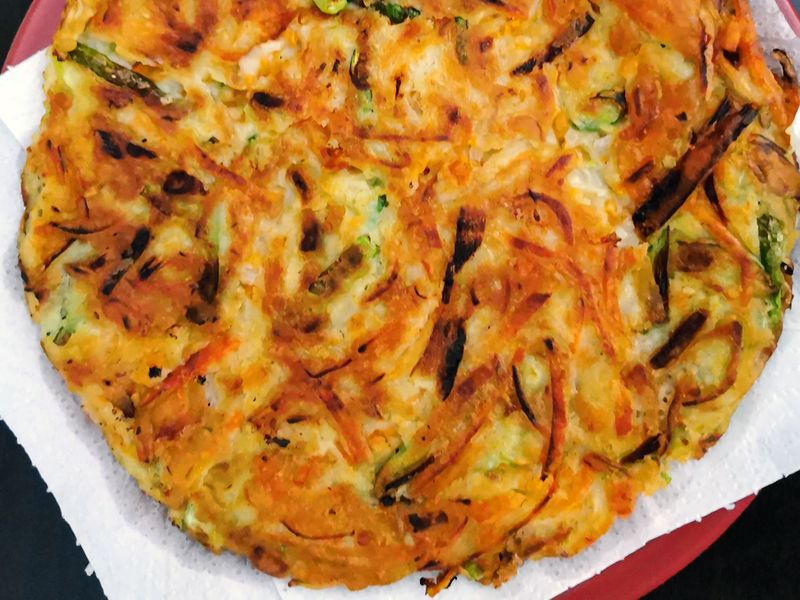
A recent example that comes to mind is Shin Min Ah in the drama “Hometown Cha Cha Cha’ buying a variety of jeon for her injured love interest, Chief Hong’s grandfather’s memorial service offering, worrying that he wouldn’t be able to cook. Jeon is not only made for ‘Gijesa’ or a table offering and memorial service held for ancestor’s services, but are enjoyed as street food and a delicious variety is also made for Chuseok.
This Yachejeon recipe is a 15-minute, healthy and delicious for everyone – one you can make as a quick and refreshing snack for family.
6. Bibimbap
A full meal awaits in a steaming stone bowl. Think freshly steamed white rice laced with toasted sesame oil, topped by a colourful assortment of savoury, briefly stir-fried vegetables and a creamy orange egg. You mix it all together with Korean chili paste (gochujang), and voila! Not only can you dig into a very nutritious and delicious dish, but also join Park Bo Young (Bong soon) in Strong Woman Do Bong Soon and Hospital Playlist’s Yeon-seok (Ahn Jeongwon) amongst other on-screen K-drama stars in relishing the healthy assortment.
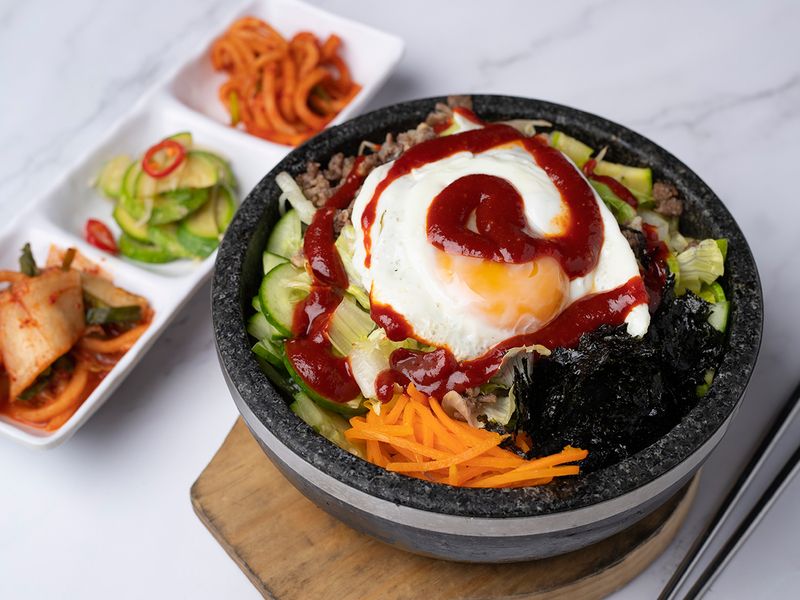
This can be a wholesome start to your cuisine experience. ‘Bibim’ means mixed and ‘Bap’ means rice, and this dish is a staple in Korean households nationwide as a family meal to finish up any remaining namul or seasoned Korean vegetables in the house. To make your own, here’s a simple step-by-step picture guide by Dubai-based Hyu Korean restaurant’s owner, Annie Chung.
If you’d like to find more about how the rise of Hallyu or interest in Korean popular culture – whether BTS or Goblin’s Gong Yu - has changed the food scene and influenced taste buds across the UAE, read more here.
Tell us about your favourite Korean recipes or dishes at food@gulfnews.com




